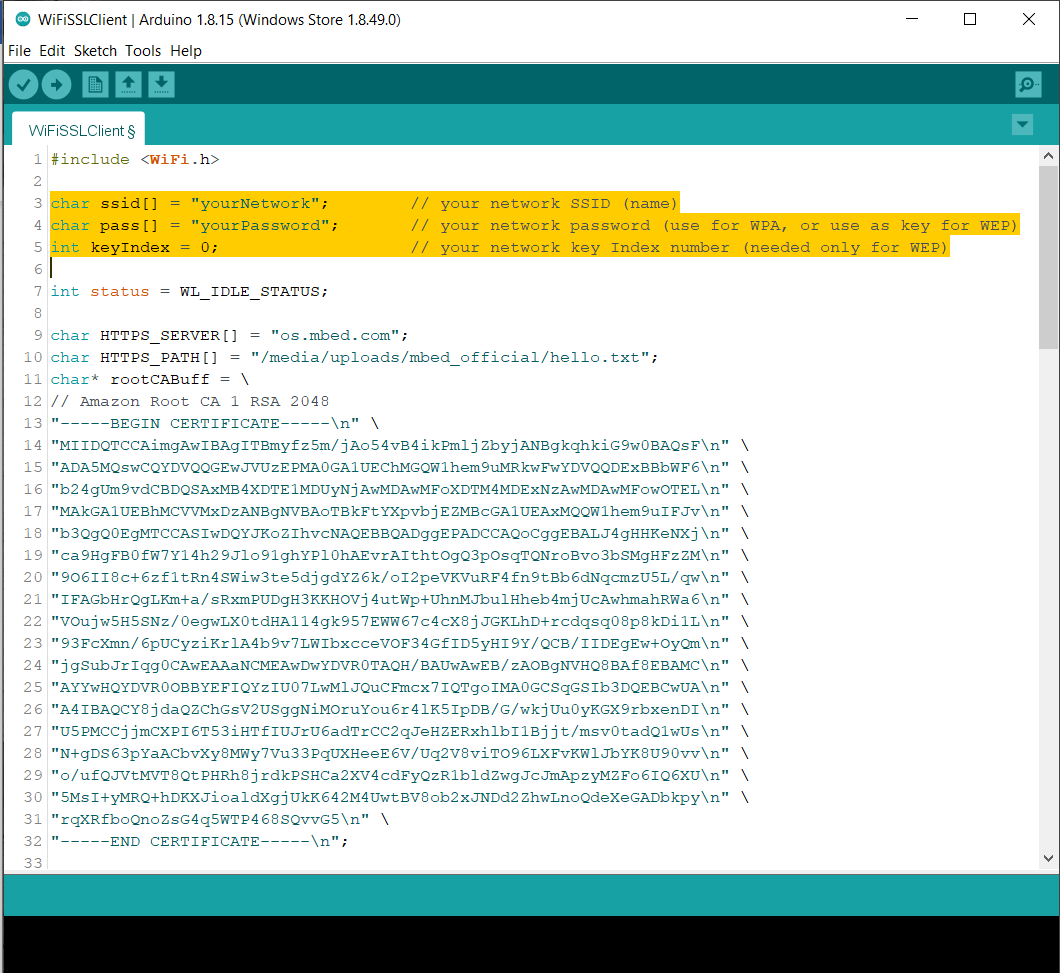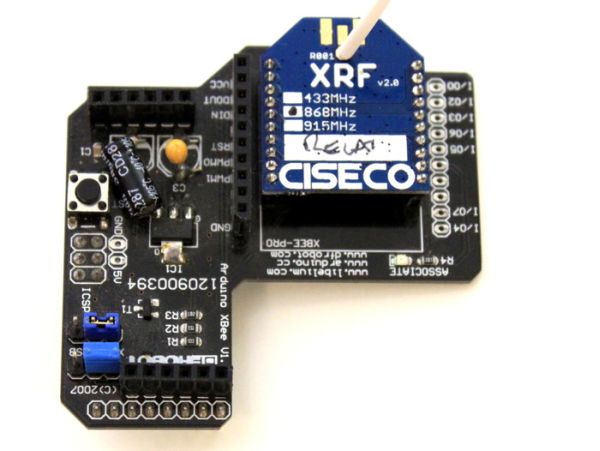

#Arduino serial encryption how to#
Here’s how to do the data encryption standard, step by step:ġ.1 Get a 64-bit key from the user. This is a tutorial designed to be clear and compact, and to provide a newcomer to the data encryption standard with all the necessary information to implement it himself, without having to track down printed works or wade through C source code. The data encryption standard algorithm is used for many applications within the government and in the private sector.

government in 1977, is a block cipher that transforms 64-bit data blocks is officially described in FIPS PUB 46. The Data Encryption Standard (DES) algorithm, adopted by the U.S. This is the link to my other arduino projects. Random Number Generator.If you want to see a DES algorithm in arduino language then look here.
#Arduino serial encryption full#
and a full padding block is added if the division is even number of blocks required for data is rounded up, Memcpy(dataBuffer, plaintext.c_str(), dataLength) BLK_SZ is short for br_aes_big_BLOCK_SIZE, defined by BearSSL. Test vector F.2.1 Block #1 from NIST SP 800-38A will be used, which also tells what is the correct ciphertext. Let’s first encrypt and decrypt a 16-byte message. That means encryption key and initialization vector must be 16-byte long each, and the message must be split and padded into a multiple of 16 bytes. Encryption and decryptionĪs stated earlier, this encryption scheme is based on AES-128-CBC, a block cipher algorithm that operates on fixed blocks of 16 bytes. After some time going back and forth inside the API and figuring out implementation details, I was able to gather all variables and functions needed to implement the encryption scheme. The ESP8266 core comes with BearSSL library which posed a challenge from the start: there are no usage examples, only its API. The first step to port the examples from NodeMCU to Arduino was to find matching functions already available on default libraries. Full picture of decryption scheme Implementation in Arduino As Encrypt-then-MAC was done, if a hash mismatch happens the message is considered invalid without decrypting it, unlike MAC-then-Encrypt or Encrypt-and-MAC in which hash is done using the unencrypted message. If the result matches the received cipher_hash then iv is obtained from iv_cipher using static_iv and iv_key, and finally the message is decrypted. At last, the final ciphertext is composed by iv_cipher, msg_cipher and cipher_hash.ĭecryption starts by calculating the hash of iv_cipher and msg_cipher using hash_key. This encryption sequence is known as Encrypt-then-MAC, more secure than Encrypt-and-MAC proposed in the original article. After that, the encrypted iv and the encrypted message are fed into a hash function that also takes a key and outputs the ciphertext hash. Then, the message is encrypted with its key and the random iv. In order to encrypt it also with AES, a static iv must be provided.

Full picture of encryption schemeįirst, a random iv must be generated. Data that must be previously agreed between sender and receiver is painted yellow, while encrypted information is shown in red. With all of that said, the whole encryption scheme that we will use is illustrated below. Another feature we will be using is a hash function that ensures the message wasn’t changed. Therefore, in order to allow decryption, the iv must be sent along with the ciphertext, preferably also encrypted. The iv also has to be the same on encryption and decryption, but on the other hand it should be different for every ciphertext, otherwise the same message would produce the same ciphertext (which is not desirable because it would allow pattern analysis attacks). The encryption key is the same used to decrypt the ciphertext, so it must be agreed beforehand between sender and receiver. AES-CBC encryption/decryption scheme simplified Long story short, messages are encrypted using AES-128-CBC which requires two additional pieces of data to produce ciphertext: an encryption key and an initialization vector (iv). I won’t explain in details the encryption theory since it’s covered by the original article. It was implemented using the old Lua/NodeMCU, and since I thought it was well explained I decided to port it to Arduino. Upon a brief search on “ESP8266 encryption” I stumbled upon this Hackaday article by Sean Boyce. I’ve been working with ESP8266 for a while, building some devices, and one of the features that lacked for a while was encryption.


 0 kommentar(er)
0 kommentar(er)
